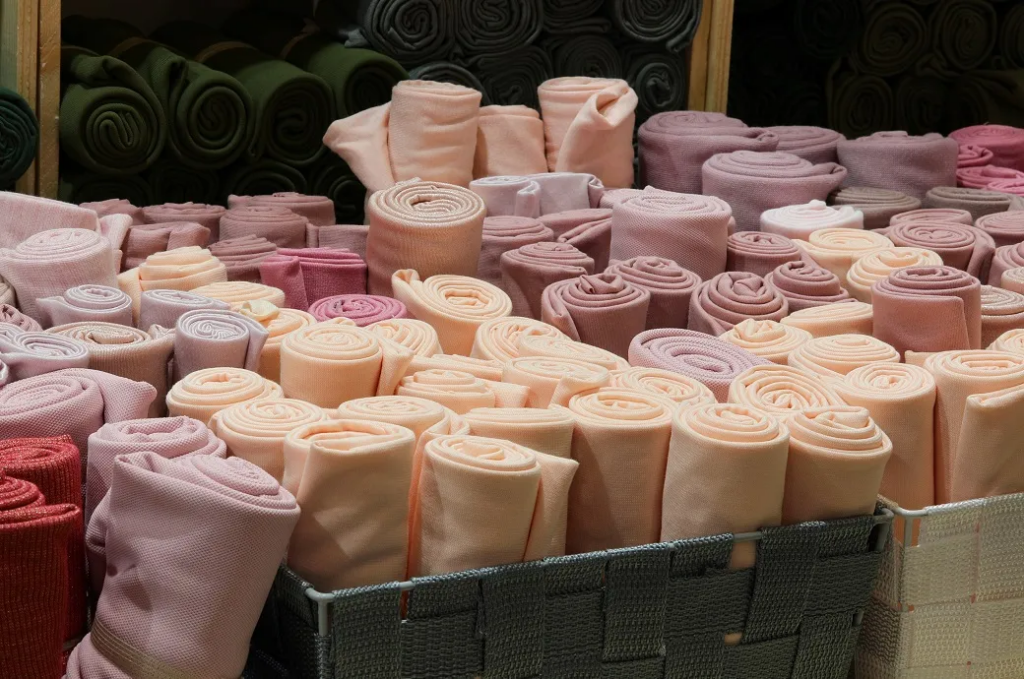Business
Japan’s clothing imports rise 5% in FY25, 15% in March
Japan’s clothing and accessories imports saw a significant upswing in fiscal year 2024–25 (April 2024 to March 2025), climbing 5% compared to the previous fiscal year, according to data from the Ministry of Finance. This marks a strong recovery from the 1.7% decline recorded in FY 2023–24, signaling a revitalized appetite for imported fashion goods among Japanese consumers. The upward trend was particularly pronounced in March 2025, when clothing imports soared by 15.5% year-on-year, contributing to a 2.0% rise in Japan’s total imports for the month.

The robust growth in clothing imports reflects a confluence of factors, including recovering consumer confidence, evolving fashion preferences, and a resurgence in demand for international brands. Analysts point to Japan’s post-pandemic economic stabilization and a weaker yen as key drivers, making imported goods more accessible despite currency fluctuations. “The 5% annual increase underscores a shift in consumer behavior,” said Aiko Tanaka, a retail analyst at Tokyo-based Market Insights Japan. “Japanese shoppers are increasingly drawn to global fashion trends, from luxury labels to fast fashion, as they embrace diversity in style.”
March’s 15.5% surge in clothing imports was a standout, driven by seasonal factors such as spring fashion launches and cherry blossom season, which traditionally boost apparel sales. Retailers reported strong demand for lightweight outerwear, floral-patterned dresses, and accessories aligned with spring aesthetics. Major import partners, including China, Vietnam, and South Korea, saw heightened activity, with China alone accounting for nearly 60% of Japan’s clothing imports in FY 2024–25, according to trade data. European brands, particularly from Italy and France, also gained traction, with luxury goods like leather handbags and tailored outerwear seeing increased demand.
The broader context of Japan’s import landscape provides further insight. While clothing and accessories imports grew significantly, Japan’s overall imports for FY 2024–25 rose by a more modest 2.0%, driven by energy and raw materials alongside consumer goods. The clothing sector’s outperformance highlights its resilience and appeal, even amid global supply chain challenges and inflationary pressures. “The March spike suggests retailers are stocking up for a strong spring and summer season,” noted Hiroshi Nakamura, an economist at Japan Trade Research Institute. “It’s a clear sign of optimism in the retail sector.”
Consumer trends also played a pivotal role. Japanese shoppers, known for their discerning taste, have increasingly turned to international e-commerce platforms and cross-border retail to access global fashion. Platforms like Rakuten and Amazon Japan reported a 12% increase in imported apparel sales in FY 2024–25, with brands like Zara, H&M, and Uniqlo’s global lines resonating with younger demographics. Social media platforms, including Instagram and TikTok, have further fueled demand, with influencers showcasing international streetwear and haute couture, inspiring purchases of imported goods.



































